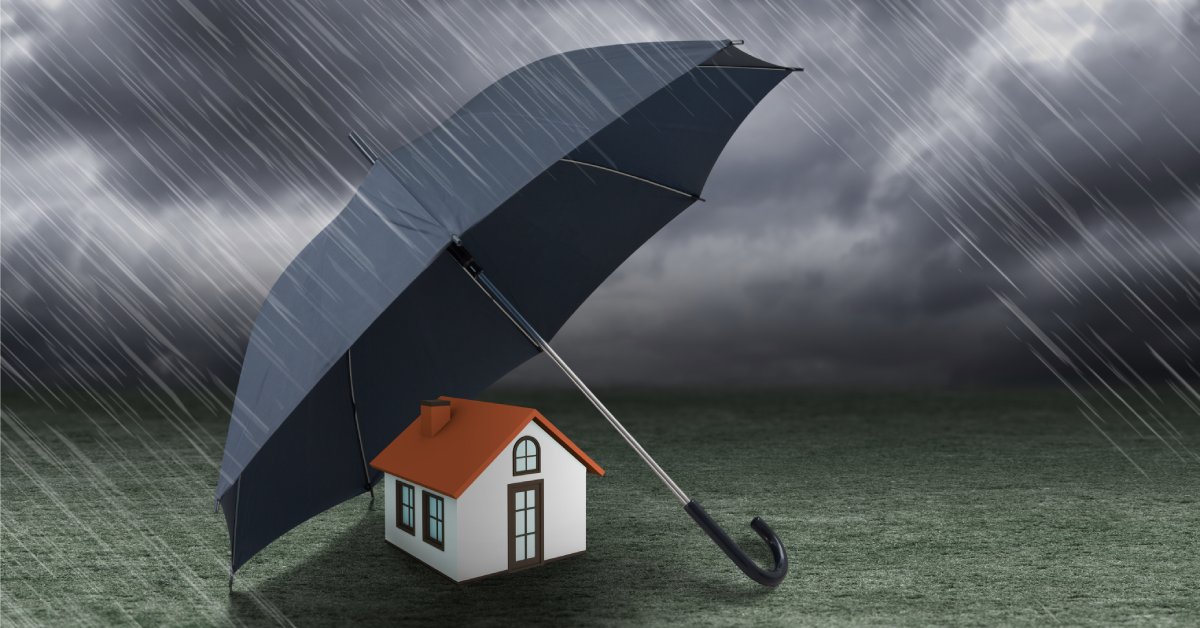If you’re about to start a construction project or are renovating a building, whether it’s a home or commercial property, you should invest in rainscreen drainage mats. These mats act as a protective barrier between your building’s exterior cladding and its inner structure, known as the building envelope. The mats’ primary function is to create a drainage and ventilation space that allows moisture to escape and air to flow freely.
Drainage mats prevent water from becoming trapped in the walls, which could lead to mold growth and structural damage. Beyond controlling moisture issues, these mats contribute to better energy efficiency by creating an air gap, which also enhances sound insulation and supports the long-term durability of the building envelope.
Overall, installing rainscreen drainage mats protects your building’s integrity proactively, but what should you expect during the process? Read on to discover the steps involved.
Inspecting the Building Structure
Start by conducting a thorough inspection of the structure where you’ll install the mats. This step is essential to identify potential problems that could interfere with the installation process, such as existing moisture damage, structural weaknesses, or uneven surfaces.
Carefully examine the substrate for cracks, gaps, or areas of water penetration, and address any issues before you begin installation. For example, repair cracks and replace damaged materials to create a stable surface for the mats.
Addressing these problems beforehand will simplify the installation process and guarantee that the system performs at its best and lasts longer. This step is particularly important for retrofitting older structures because prior damage might not be visible at first glance.

Planning and Preparation
Proper planning is the foundation of a successful rainscreen drainage mat installation. Begin by mapping the layout of the mats, making sure to measure and mark the areas where you’ll install them. Then, decide on the placement and overlap patterns ahead of time to eliminate guesswork during the process.
Next, gather all the necessary tools and materials, such as these:
- fasteners
- sealants
- a measuring tape
- cutting tools
- safety gear
Also, double-check the manufacturer’s recommendations for attachment types and fastener spacing to avoid mistakes. When you have everything prepared in advance, you save time and prevent mid-installation interruptions, which can lead to errors and delays.
Cleaning the Surface
A clean, flat surface is critical for the proper installation and long-term effectiveness of the mats. Remove all debris, dirt, and old waterproofing materials from the area where you will apply the mats. Make sure the wall surface is completely dry before proceeding.
Even small particles, such as dust or tiny fragments of old material, can interfere with the placement of your rainscreen. For structures with existing waterproofing layers, try to make sure that they are compatible with the rainscreen mats and are still intact and functioning properly. When you take the time to thoroughly clean and prepare the surface, you can achieve a secure and lasting installation.
Installing the Mats
Now, it’s time for the actual installation. Using a high-quality hammer-stapler recommended by the mat manufacturer, carefully apply the mats to the prepared surface. Follow your planned layout, ensuring that you align the mats correctly and press them firmly into place. Work methodically, starting from one edge and moving across the surface to eliminate wrinkles or bubbles.
Also, be sure to take extra care around corners and edges, where improper attachment can create weak spots. Using the appropriate fastener schedule in a consistent manner will contribute to creating a uniform bond that helps the mats remain stable over time. For the process to run smoothly, it’s also crucial that you follow the manufacturer’s specifications before moving to the next step.
Testing for Adequate Drainage
Once you have meticulously installed the drainage mats, you can test their drainage capabilities before applying the finish. Simulate rain or run water over the rainscreen system, observing how the liquid flows. You want to see that the water drains efficiently and doesn’t pool in any areas, which could lead to moisture buildup and potential damage over time.
This step could be critical as a quality control measure. It gives you the opportunity to identify and fix any issues, such as clogged pathways or improper mat placement, before finalizing the project. Taking the time to test now can save you and the building significant trouble later.
Applying the Finish
With the rainscreen drainage mats securely in place, you can move on to applying the exterior finish. This finish could be stucco, brick, wood siding, or metal cladding, depending on the design of your project. Apply the finish according to the manufacturer’s specifications to ensure it complements the rainscreen drainage mat’s ventilation and drainage capabilities.
The mats will work invisibly behind the scenes, creating an air gap that allows for proper ventilation and moisture drainage. The layered design improves the structural integrity of your building and contributes to a polished and professional appearance.
Verifying the Manufacturer’s Warranty
Before wrapping up the installation process, review the manufacturer’s warranty for your rainscreen drainage mats. This step provides peace of mind by ensuring that you’re covered in case of any defects or unexpected issues that may arise over time. Registering your system with the manufacturer, if necessary, can also streamline the process should you need assistance in the future.

Regular Maintenance and Inspection
To keep your rainscreen system performing efficiently over the long term, schedule regular maintenance and inspections. Over time, debris and plant growth could block drainage pathways or ventilation gaps, reducing the system’s effectiveness. Hire professionals to inspect for signs of damage and blockages, especially after severe weather events. Addressing these issues early can prevent more significant problems, such as water infiltration and structural damage, down the line.
Installing rainscreen drainage mats is a vital step in protecting your building from moisture damage and boosting its overall performance. When you know what to expect when installing them and prioritize regular maintenance, you can enjoy the long-term benefits of a rainscreen system.
Does your project involve a stucco finish? You need to support it with the proper stucco underlayment, a specialized type of rainscreen drainage mat, and that’s where Stuc-O-Flex International comes in. Whether you’re tackling this project yourself or working with a contractor, Stuc-O-Flex International can help you get the results you’re looking for.


Leave a Reply